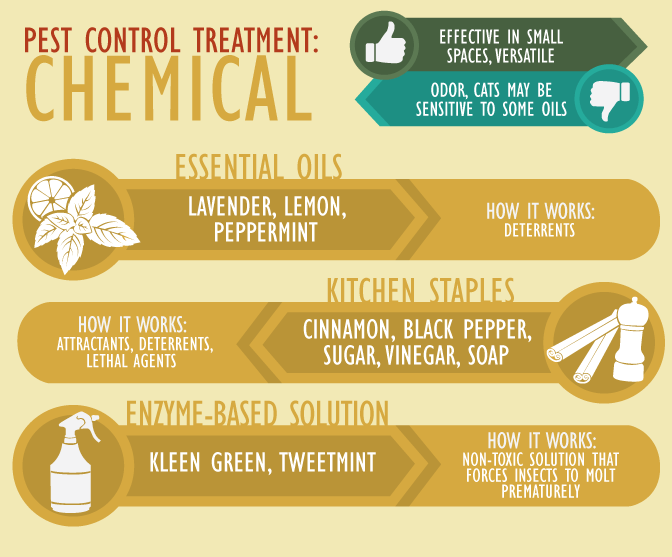Learn Essential Strategies To Safeguard Your House From Rats In The Attic
Learn Essential Strategies To Safeguard Your House From Rats In The Attic
Blog Article
Material Develop By-Ellegaard Blankenship
Imagine your attic as a cozy Airbnb for rodents, with insulation as cosy as resort cushions and electrical wiring extra enticing than room service. Now, envision these undesirable visitors tossing a wild event in your home while you're away. As a house owner, ensuring your attic room is rodent-proof is not nearly comfort; it's about shielding your residential property and liked ones. So, what visit this weblink can you require to secure your haven from these hairy intruders?
Examine for Entry Information
To begin rodent-proofing your attic, examine for entrance points. Beginning by very carefully analyzing the outside of your home, seeking any type of openings that rodents might utilize to gain access to your attic. Check for gaps around utility lines, vents, and pipelines, along with any kind of cracks or holes in the foundation or house siding. Ensure to pay very close attention to areas where different structure materials satisfy, as these prevail entrance factors for rodents.
Furthermore, evaluate the roofing for any harmed or missing out on roof shingles, as well as any kind of spaces around the edges where rats might press through. Inside ant fumigation cost , look for indications of existing rodent activity such as droppings, chewed wires, or nesting materials. Utilize a flashlight to completely examine dark edges and hidden areas.
Seal Cracks and Gaps
Check your attic room thoroughly for any type of fractures and spaces that need to be sealed to avoid rats from getting in. Rodents can press via even the smallest openings, so it's essential to seal any kind of prospective entry points. Check around pipes, vents, cords, and where the wall surfaces fulfill the roofing. Utilize a combination of steel woollen and caulking to seal these openings effectively. Steel wool is an excellent deterrent as rodents can't chew via it. Guarantee that all gaps are firmly sealed to refute accessibility to unwanted insects.
Don't forget the relevance of securing spaces around windows and doors also. Usage climate stripping or door sweeps to secure these locations successfully. Inspect the locations where energy lines go into the attic and secure them off utilizing a suitable sealant. By making the effort to seal all splits and spaces in your attic, you create a barrier that rats will find tough to breach. Prevention is key in rodent-proofing your attic, so be comprehensive in your initiatives to seal off any type of possible entry factors.
Remove Food Sources
Take proactive measures to eliminate or keep all prospective food sources in your attic to hinder rats from infesting the room. Rats are attracted to food, so removing their food resources is critical in keeping them out of your attic room.
Here's what you can do:
1. ** Shop food safely **: Stay clear of leaving any type of food items in the attic. Store all food in airtight containers constructed from metal or heavy-duty plastic to avoid rodents from accessing them.
2. ** Tidy up particles **: Remove any type of piles of debris, such as old papers, cardboard boxes, or timber scraps, that rodents could utilize as nesting product or food sources. Maintain the attic clutter-free to make it much less attractive to rodents.
3. ** Dispose of waste effectively **: If you utilize your attic room for storage space and have garbage or waste up there, see to it to get rid of it on a regular basis and appropriately. Rotting garbage can attract rats, so maintain the attic tidy and free of any type of organic waste.
Conclusion
In conclusion, remember that an ounce of avoidance deserves a pound of treatment when it comes to rodent-proofing your attic room.
By taking the time to check for entry factors, seal splits and gaps, and eliminate food resources, you can keep unwanted insects at bay.
Keep in mind, 'An ounce of prevention deserves a pound of remedy' - Benjamin Franklin.
Remain proactive and protect your home from rodent infestations.
